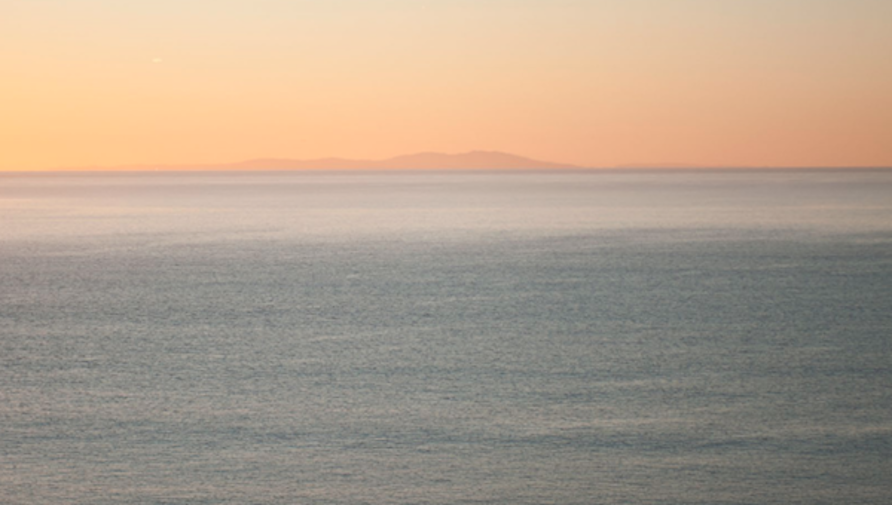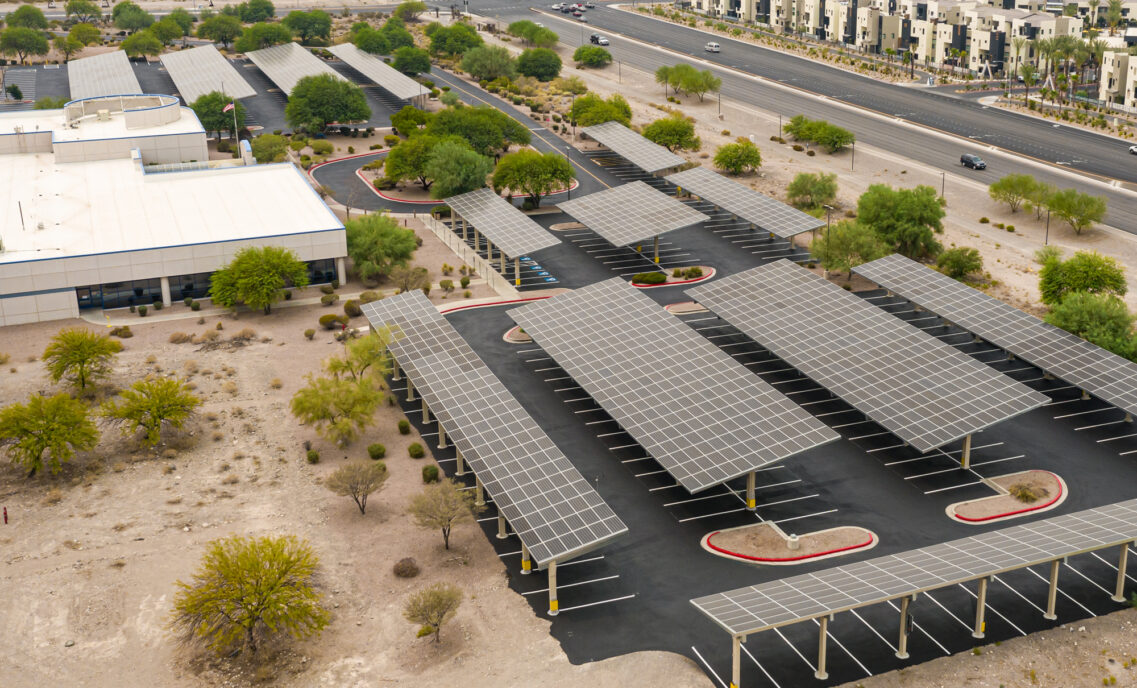Levi Strauss & Co. is not an energy company.
But when we add up all the small ways we’re changing our relationship to the energy we consume, it can make a big difference.
That’s why we’re pleased to share our 2012 Climate Change Report, which captures progress toward our goal of reducing carbon dioxide and other greenhouse gases through maximizing energy efficiency and one day using 100% renewable energy.
Today, we’re announcing new increased greenhouse gas reduction targets for our offices, retail, and distribution centers. We’re also starting 5 percent annual targets to reduce the greenhouse gas emissions for each product made in our own manufacturing plants. And, we’ve committed to using 20% renewable energy across the company by 2020.
Already, we’re seeing results from the steps we’ve taken. When we measured our baseline global footprint in 2007, we set a reduction goal of 11% by 2011. We beat our own goal with a 13% overall reduction. That’s a real impact.
It’s an ambitious vision. But we’re no stranger to taking on the challenges of our times. Levi Strauss & Co. has a long history of taking industry-leading stances, from establishing the first code of conduct for our suppliers to our leadership in sustainable design.
By lowering our energy consumption, we’re also reducing business risks, ranging from disruptions to our operations, to the availability of water, and to potential impacts to cotton supply, our core raw material. We know that investing in these changes will ultimately benefit our employees, partners and consumers.
Lowering our carbon footprint across the business is just one way we’re shaping the future of apparel. In 2007, Levi Strauss & Co. commissioned a study to analyze the life of our jeans and khakis, from cotton growing to manufacturing to consumer care.
What we discovered through this scientific analysis led to our investment in Better Cotton, a program that is better for both the environment and for farmers. It also prompted us to design innovation with our Levi’s® Water<Less™ collection, which is made using significantly less water. And it led us to implement a consumer education program, Care For Our Planet, that teaches consumers how to reduce the environmental impact of their products by washing less, washing in cold and line drying.
I invite you to learn more about what we’re doing to make a difference. Check out our 2012 Climate Change Strategy here.







